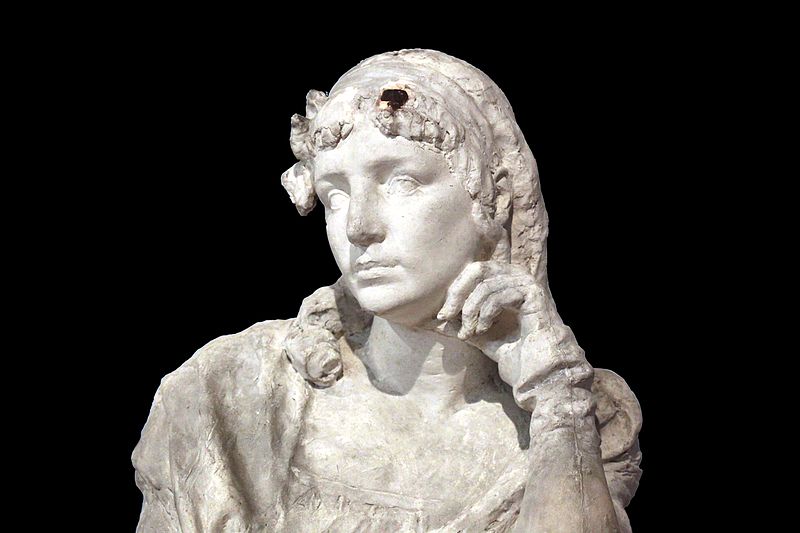Among the political ideals held by the sans-culottes were popular democracy, social and economic equality, affordable food, rejection of the free-market economy, and vigilance against counter-revolutionaries. During the peak of their influence, roughly 1792 to 1795, the sans-culottes provided the principal support behind the two far-left factions of the Paris Commune, the Enragésand the Hébertists.Led by populist revolutionaries such as Jacques Roux

and Jacques Hébert, the sans-culottes were rallied to provide critical support for the radical and far-left factions of the successive revolutionary governments. Shifting crowds of militantsans-culottes also provided the strength behind some of the more violent and visceral events of the revolution, such as theSeptember massacres in 1792. When the moderate bourgeois Jacobin Club took over the National Convention in 1793, many sans-culottes even supported the Committee of Public Safety and Maximilien Robespierre's bloody Reign of Terror.
By early 1794, however, radicalism was rapidly losing influence and political legitimacy in the National Convention. It was not long before Robespierre and the Jacobins turned on the far-left factions of the National Convention as well as their radical sans-culottessupporters. Several important leaders of the Enragés and Hébertists were imprisoned and executed by the very revolutionary tribunals they had supported. With the absence of effective leadership, and having lost their favor with the Jacobins, the sans-culottes withered. Within a year of the execution of Robespierre and the Thermidorian Reaction, the militants were forcibly - and permanently - suppressed by the conservative new government, the French Directory.
[The guillotine (called the "National Razor") became the symbol of the revolutionary cause, strengthened by a string of executions: Marie Antoinette, King Louis XVI, the Girondins

, Philippe Égalité (Louis Philippe II, Duke of Orléans) andMadame Roland , as well as many others, such as pioneering chemist Antoine Lavoisier,
, as well as many others, such as pioneering chemist Antoine Lavoisier,
 , as well as many others, such as pioneering chemist Antoine Lavoisier,
, as well as many others, such as pioneering chemist Antoine Lavoisier,
lost their lives under its blade. During 1794, revolutionary France was beset with conspiracies by internal and foreign enemies. Within France, the revolution was opposed by the French nobility, which had lost its inherited privileges. The Roman Catholic Church was generally against the Revolution, which had turned the clergy into employees of the state and required they take an oath of loyalty to the nation (through the Civil Constitution of the Clergy). In addition, the First French Republic was engaged in a series of wars with neighboring powers intent on crushing the revolution to prevent its spread.
No comments:
Post a Comment